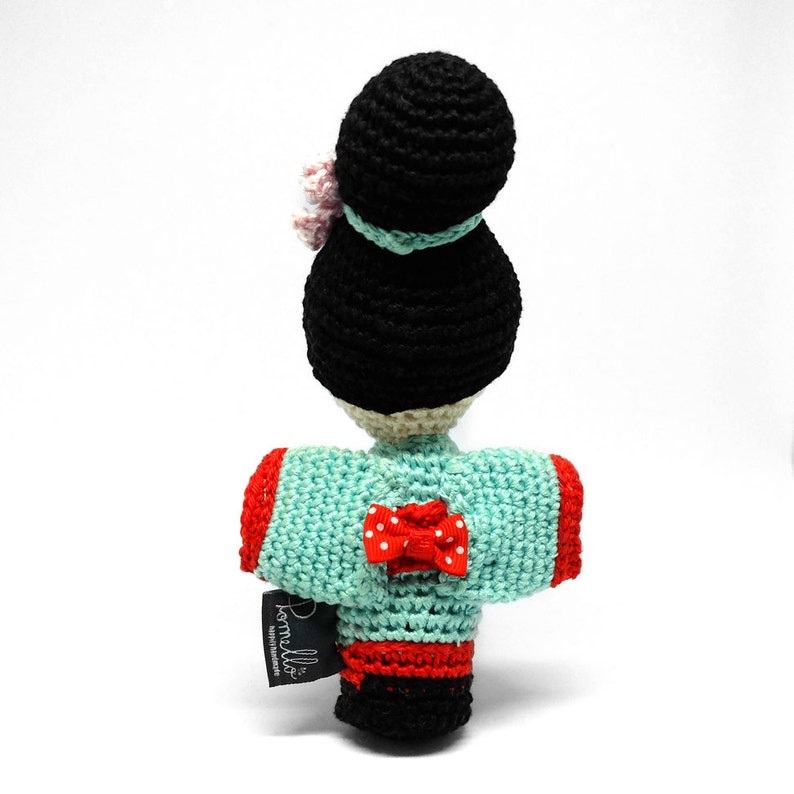
As you can see, it looks very much like a stop sign and works well for an image association method because it resembles the word it represents. It’s best if the object you associate the character with also conveys the meaning of the word.įor instance, this is the kanji character for the word stop in Japanese: 止. Look at each Japanese character and try to find something familiar that it resembles. This helpful memory trick works for any language that utilizes more complex characters and involves associating the image with an object. While there are no shortcuts to mastering kanji, there are a few tips that may help language learners pick up the basics of writing and reading Japanese. Being able to read road signs, menus, and maps will ease your journey and make communicating with locals a bit easier. And despite the difficulty, knowing kanji is extremely helpful if you’re traveling through Japan and trying to navigate your way around a busy city like Tokyo. While some language learners find writing one of the most challenging parts of Japanese, there are a few tips that can make learning kanji a little easier. It’s made up of characters that have smaller parts called radicals, where each brushstroke emphasizes balance and composition. As previously mentioned, Kanji is the Japanese written system of characters, adapted from Chinese. Once you’ve learned the basic sounds and had some practice speaking Japanese, kanji is a natural next step to accelerate your language learning. Rosetta Stone’s Japanese pronunciation is based on that of a Tokyo speaker, which would be the most commonly heard and spoken Japanese pitch or dialect. Patented speech recognition technology called TruAccent® fine-tunes your pronunciation by instantly comparing your voice and pitch to that of native speakers.

This is where Rosetta Stone’s method can really help. Note that the pitch in Japanese can change the meaning of a word so listen carefully to make sure you get it right. Some pronunciations, however, can change from region to region so it’s best to mimic local speakers. Syllables in Japanese are also easier to pronounce because they have equal stress but there are some differences in intonation.

Sounds in Japanese are similar to those in English, with five vowel sounds and just a handful of consonants. Because most characters in Japanese have only one pronunciation, it eliminates a great deal of ambiguity for beginners. Learning Japanese may seem intimidating at first, but it’s relatively easy to begin speaking the language. The characters in kanji, made up of smaller parts called radicals, are pronounced using sounds from the Adults are considered fluent in kanji when they know 2,000 characters, but practicing even a little of this adapted writing system can help you learn Japanese vocabulary faster. You’ll need to learn this system, adapted from Chinese, if you want to read and write Japanese. Kanji, the written script for Japanese, is a bit more complex. Hiragana is primarily used for native Japanese words while foreign words are represented by katakana, so it may be helpful to focus on hiragana first. These two sets of 46 characters represent the same sounds, and because most characters have only one pronunciation, hiragana and katakana are straightforward to learn. Hiragana and katakana are the phonetic alphabets you’ll need to learn to speak Japanese. Japanese has three basic writing systems: hiragana, katakana, and kanji.
Human japanese for mac how to#
By working and practicing with bite-sized lessons through Rosetta Stone’s award-winning app, even beginners can learn the fundamentals of how to speak, read, and write Japanese.
Human japanese for mac software#
Rosetta Stone, a trusted language learning software with 25+ years of experience, has a method that teaches the foundational concepts of Japanese in a particular order that allows learners to build towards success. Language learning is most effective when lessons are both practical and fun, providing feedback on pronunciation and helping learners get a grasp of Japanese grammar and vocabulary. While it’s true that you can pick up a few words or phrases of any language online, you’ll need a more comprehensive and immersive approach to get a handle on conversational Japanese.

In just a few minutes a day and how effective are those online lessons at helping beginners to understand and speak the language? Misconceptions about the difficulty of the language and the best way to learn Japanese abound. Figuring out how to get started learning a language can be tricky and that’s especially true of Japanese.


 0 kommentar(er)
0 kommentar(er)
